The Heartbeat of Jogwad: Farming, Livestock, and Traditions
Agriculture and Farming in Jogwad
Discover how Jogwad’s fertile lands, seasonal farming cycles, and age-old practices continue to shape the village’s economy, food culture, and community life.
Backbone of Jogwad’s Economy
For generations, agriculture has been the primary livelihood of Jogwad, engaging nearly 90% of the population and shaping village life.
Crops & Farming Evolution
From traditional grains and pulses to large-scale sugarcane, mango, banana, and rice farming, Jogwad’s agriculture has evolved with time.
Tradition Meets Modern Farming
Age-old practices like crop rotation now blend with modern irrigation, machinery, and techniques to ensure sustainable and productive farming.
Agriculture – The Backbone of Jogwad’s Economy
Agriculture has always been at the heart of Jogwad’s economy and daily life. Nearly 90% of the village’s population has traditionally been engaged in farming, making it the primary source of livelihood for generations. While agriculture continues to define the village’s identity, Jogwad’s economy has also been supported by small businesses, local employment, and contributions from overseas donations, which together have created a unique economic balance.
Over the years, farming in Jogwad has transformed from small-scale, traditional crop cultivation to modernized, large-scale farming practices. This shift reflects not only the community’s resilience but also its ability to adapt to changing markets and agricultural innovations. Today, Jogwad’s farmlands stand as a symbol of both its cultural roots and its forward-looking approach to economic development.
- Farmer Families
12
- Major Crops Grown
Sugarcane and Mangoes.
- Farming Seasons
Kharif (monsoon crops) & Rabi (winter crops).
- Main Irrigation Sources
Wells, tube wells, river, and monsoon rains.
- Traditional Practices Still Followed
Crop rotation, organic manure use, community labor sharing.
Agricultural Roots and Early Practices
From traditional farming roots to evolving agricultural practices over the centuries.
From its earliest days, Jogwad has been a village rooted in farming. The first settlers relied heavily on agriculture and livestock, not just for survival but also as the foundation of their economy and way of life. In those times, there was no formal currency, so villagers adopted a barter system, exchanging grains, milk, dairy products, and livestock for essential goods. This communal lifestyle fostered unity and ensured that food and necessities were always available within the village.
The natural environment also played a major role in shaping Jogwad’s agricultural practices. At the time of its founding, the region was covered in dense forests, and the Ambika River flowed through the village, providing a reliable source of water for daily use and farming. The fertile soil and favorable climate allowed early settlers to cultivate a wide variety of crops, including pigeon pea (toor dal), val papdi, chickpea (chana), sesame (tal), cotton (kapas), castor (divel), great millet (juvar), groundnut (mungfali), mung bean, black lentils (urad dal), shonbi, and rice (bhat).
As time passed, Jogwad witnessed several major agricultural shifts:
• In 1972, Ismail Ahmad Patel (popularly known as Mechanic) introduced sugarcane farming, which dramatically changed the village’s farming patterns and became a long-term economic driver.
• Between 1985 and 2006, Noor Dada pioneered watermelon farming, turning it into a profitable seasonal crop.
• Over the years, farmers gradually transitioned from cultivating a variety of small crops to focusing on large-scale farming of sugarcane and mangoes, alongside bananas and rice.
Despite the growth of urban migration, traditional farming occupations remain strong. Sugarcane, mango, and rice farming continue to be the backbone of Jogwad’s economy, while animal husbandry and fish farming also provide important sources of income. This evolution reflects how Jogwad has successfully adapted its agricultural methods while staying true to its historical farming roots.
Types of Crops Grown
Farming in Jogwad has seen a remarkable evolution over time. The variety of crops grown reflects not only the village’s fertile soil and favorable climate but also the adaptability of its farmers. While the early years were dominated by staple grains, pulses, and oilseeds, modern Jogwad has shifted its focus to cash crops and fruits, which bring higher value in local and regional markets.
Below is a breakdown of crops grown in two stages:
Traditional Crops (Earlier Years)
For generations, Jogwad’s farmers cultivated staple crops that were essential for survival and barter trade. These included: (These crops sustained the village during the barter system era and formed the base of Jogwad’s agrarian economy.)
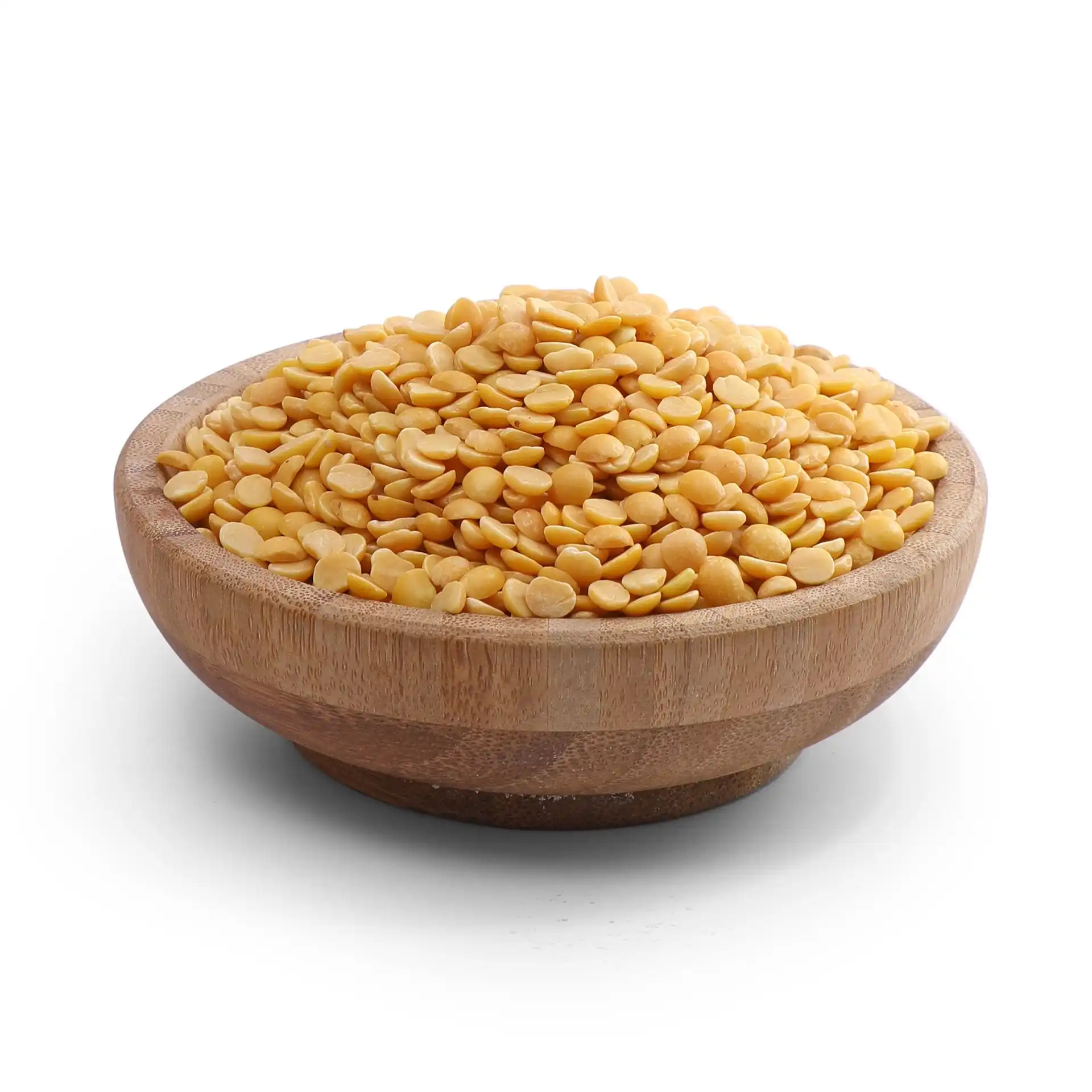
(Toor Dal)
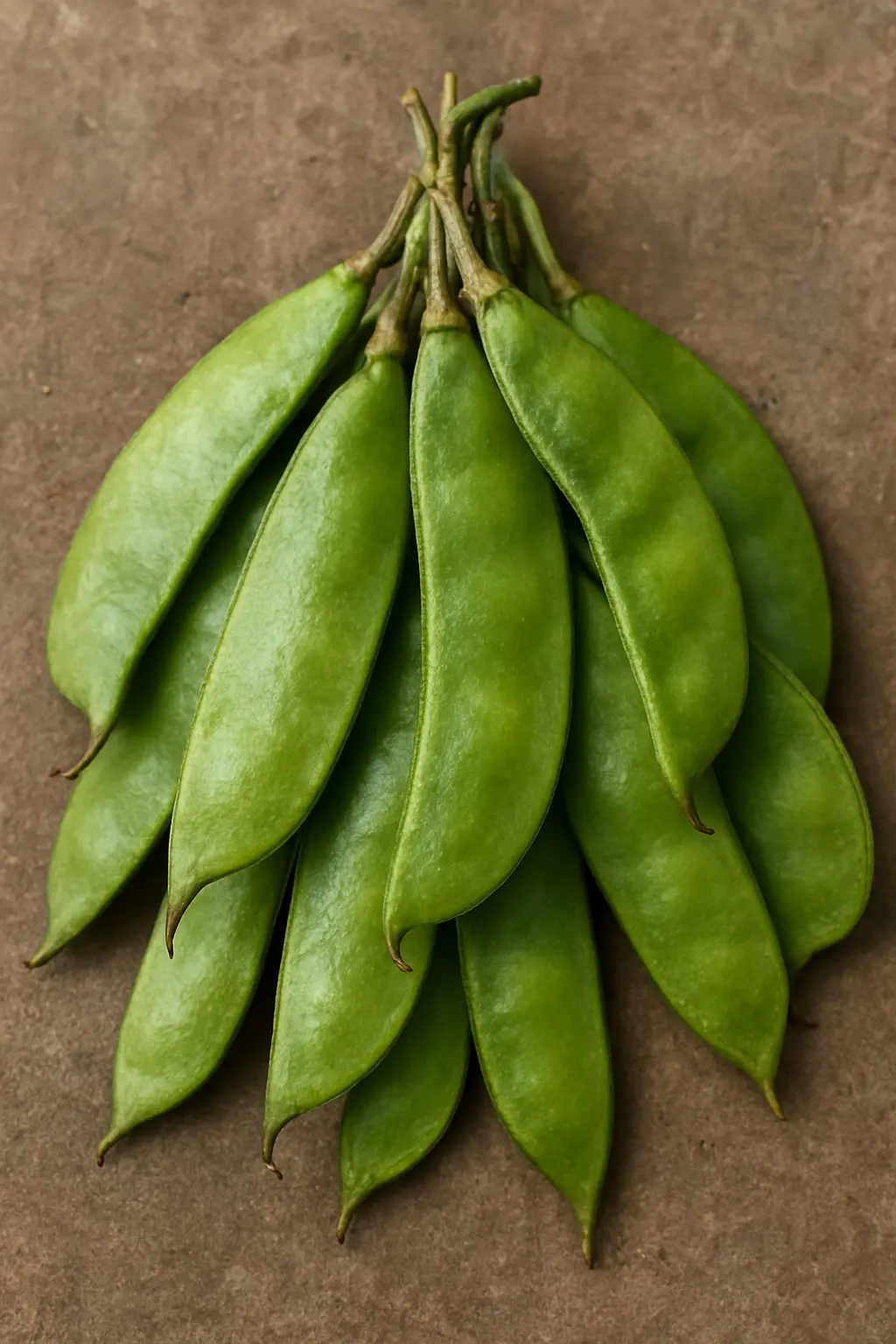
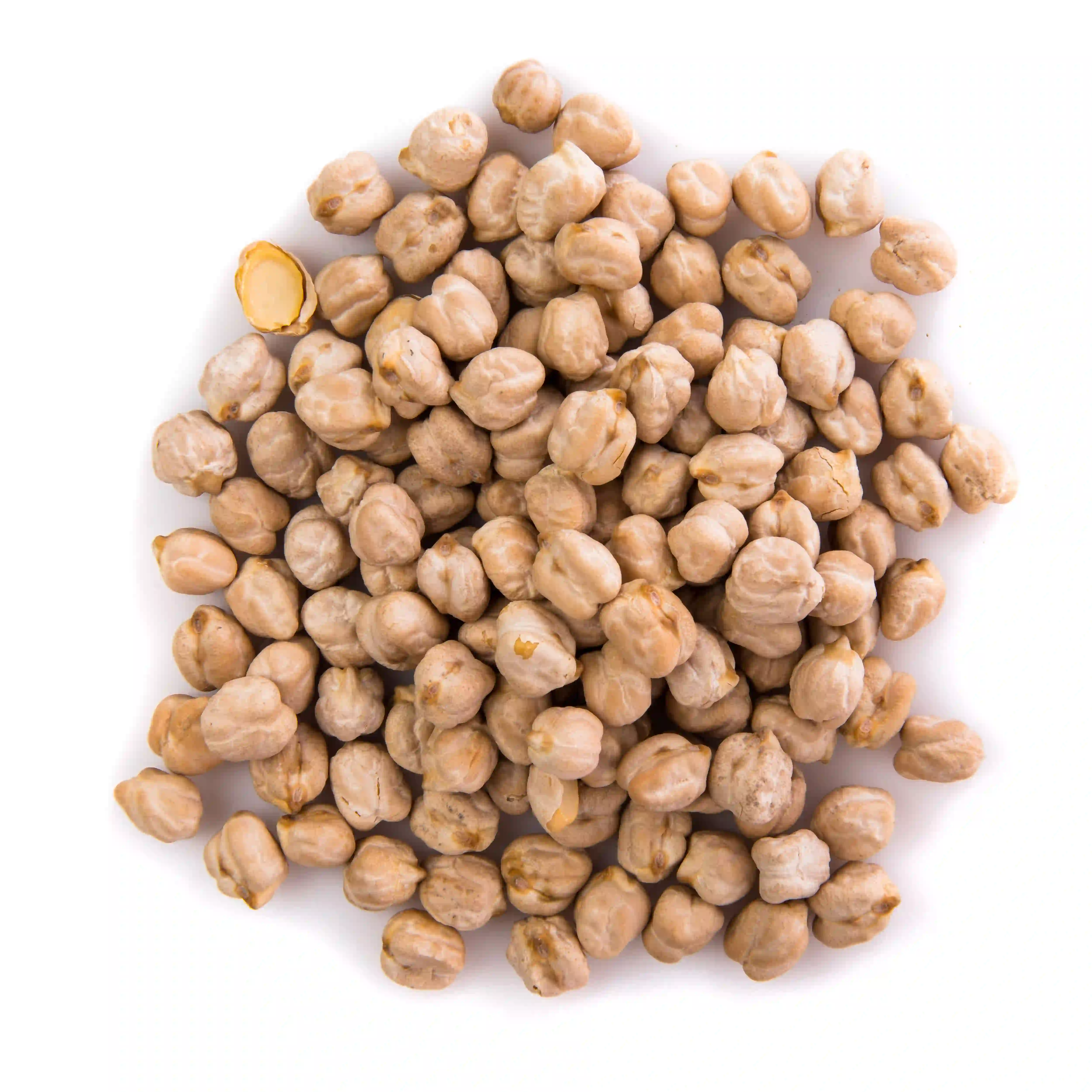
(Chana)
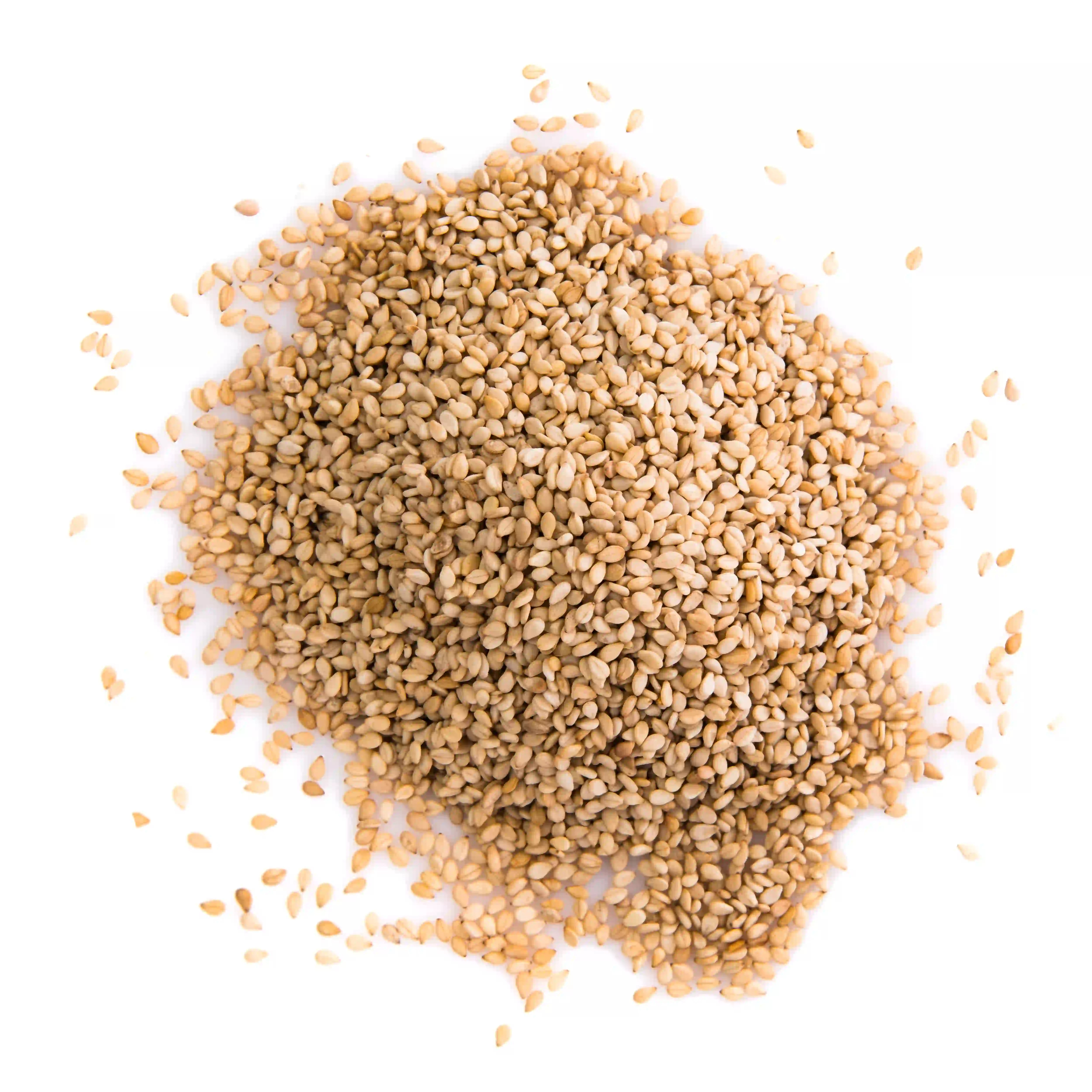
(Tal)
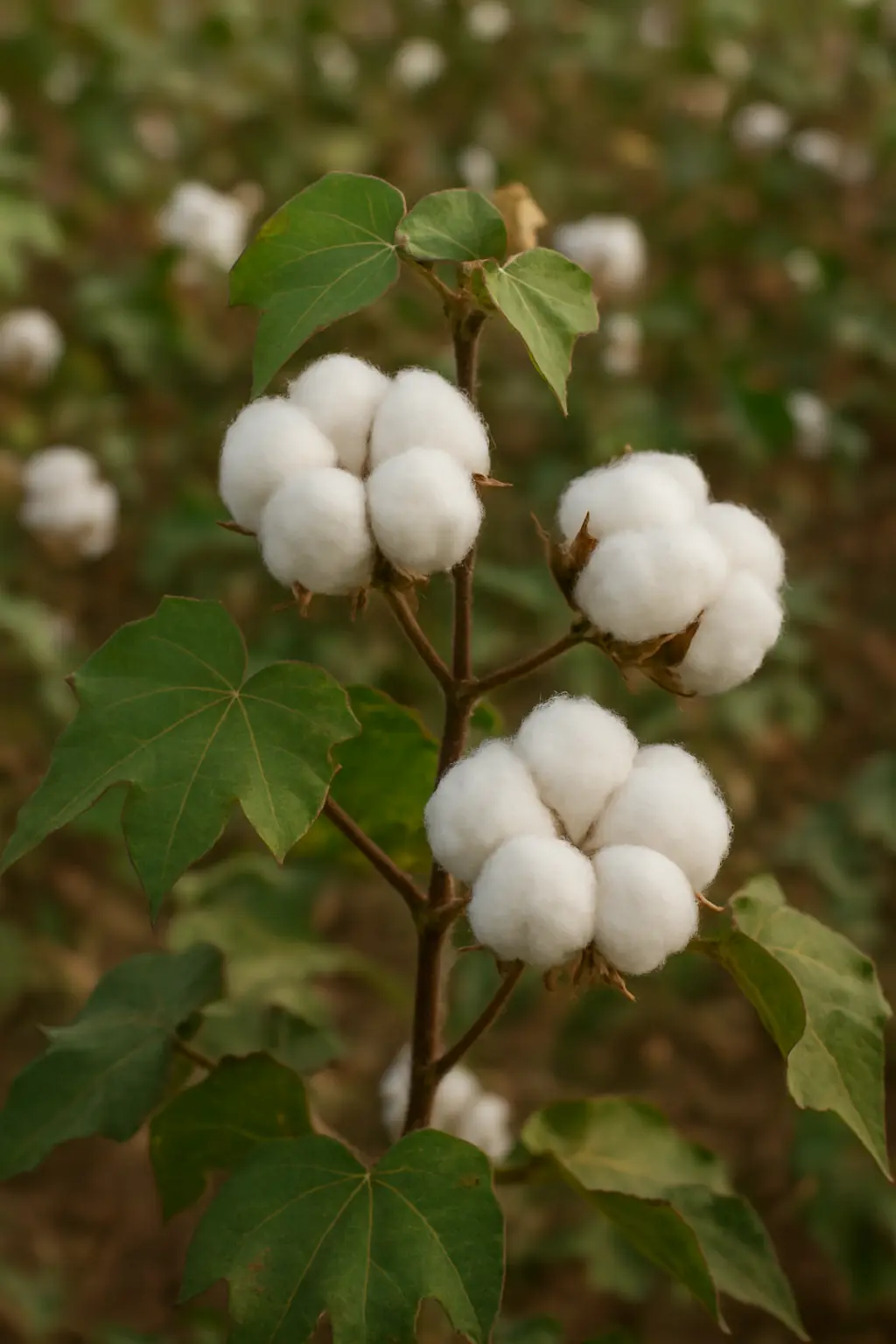
(Kapas)
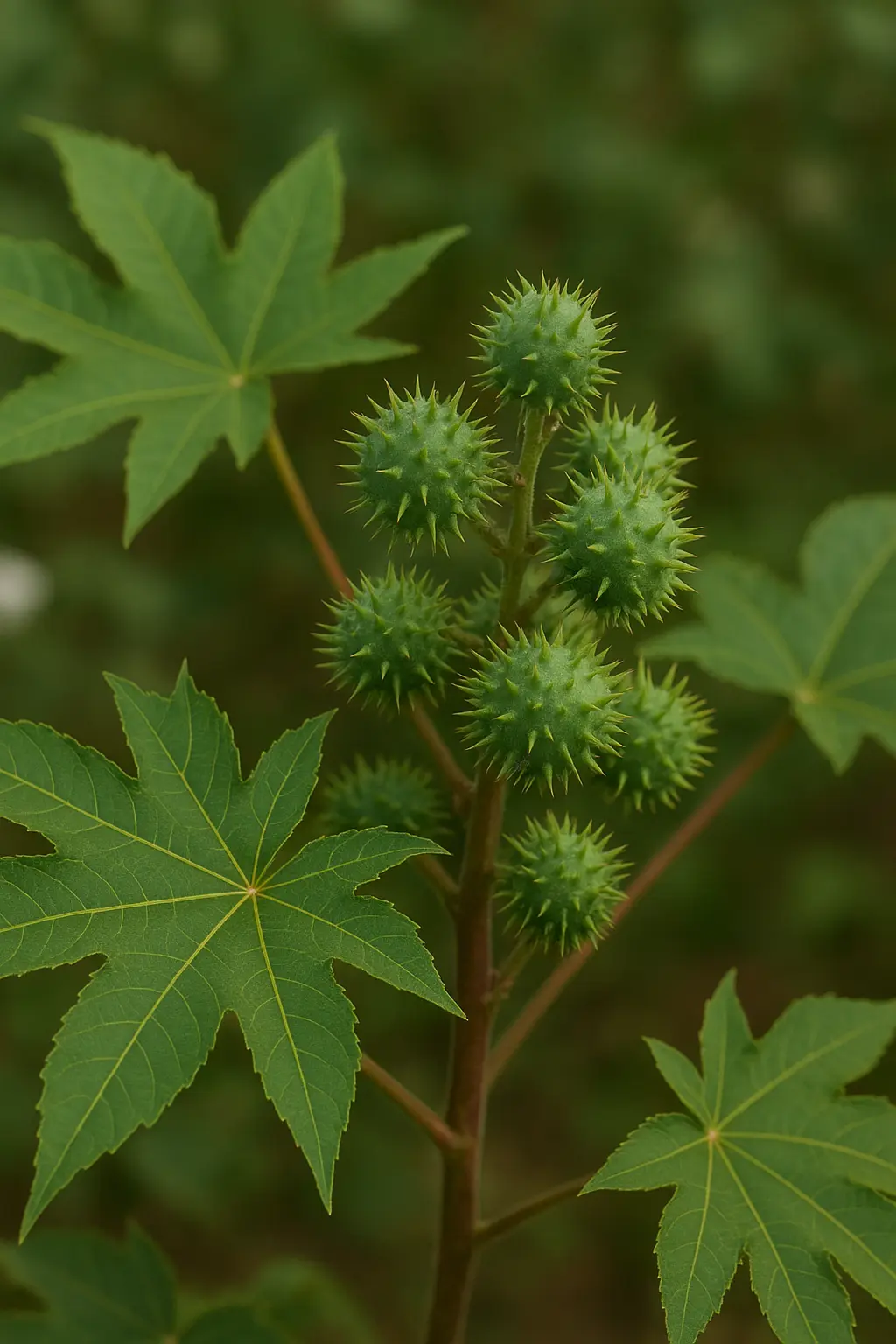
(Divel)
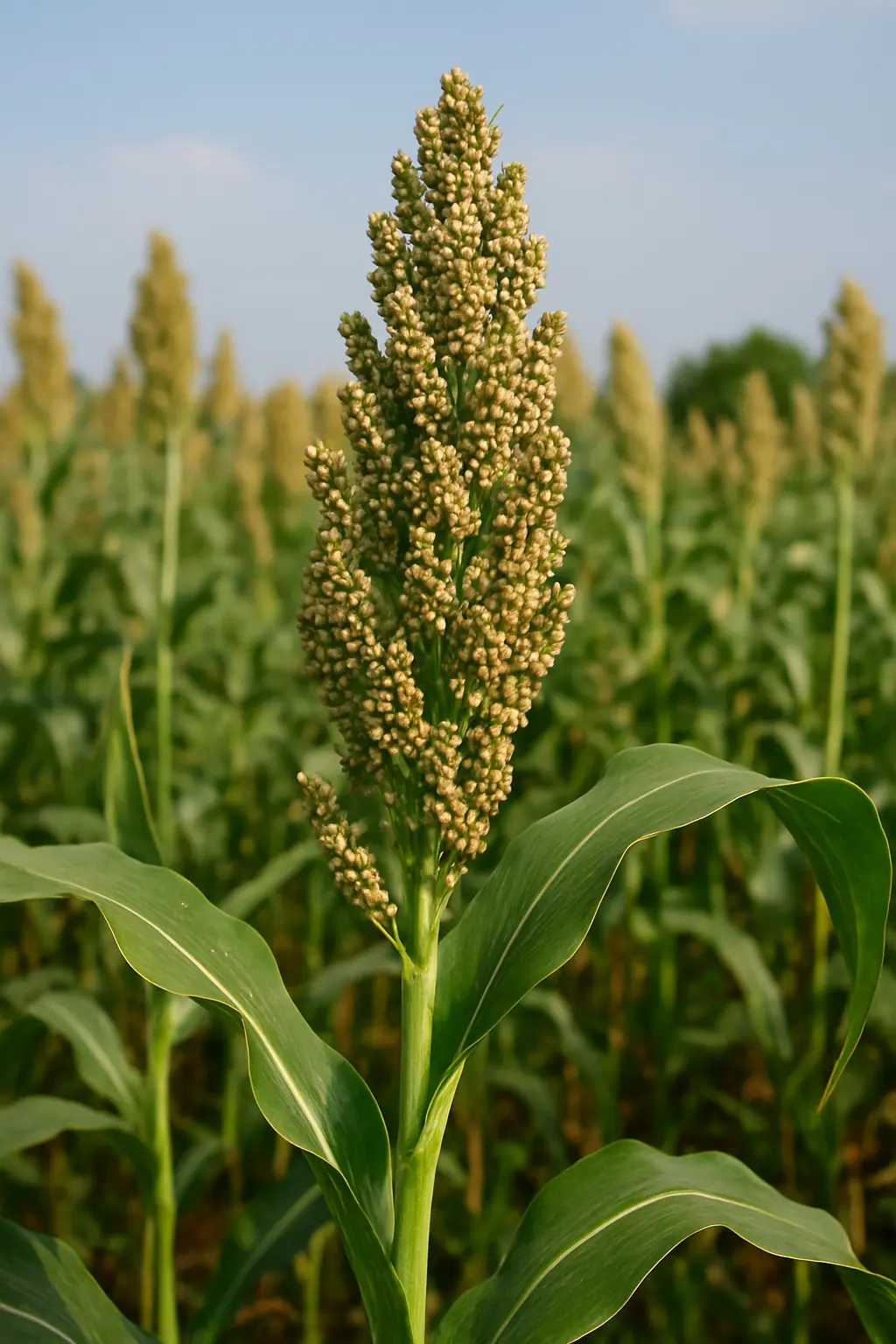
(Juvar)
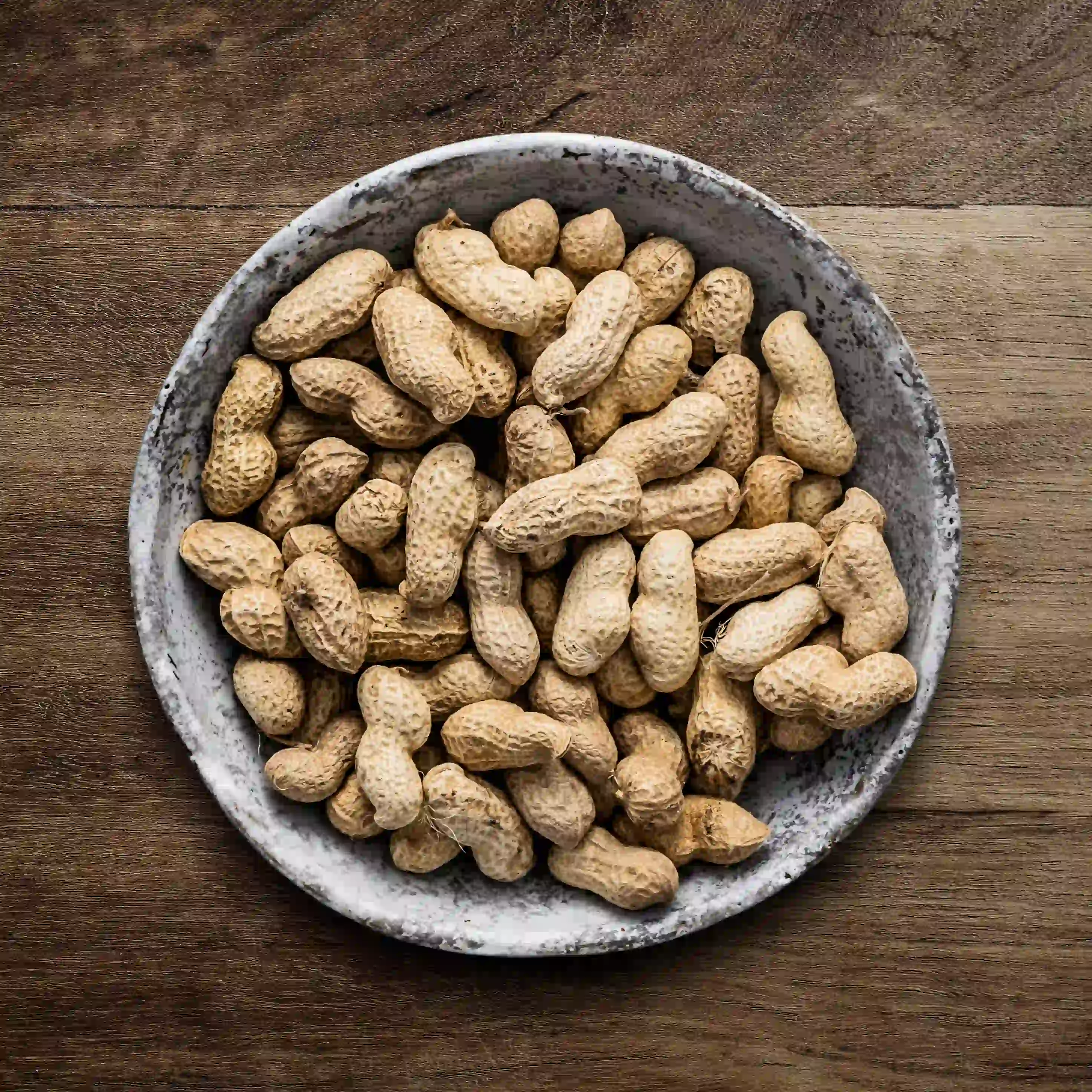
(Mungfali)
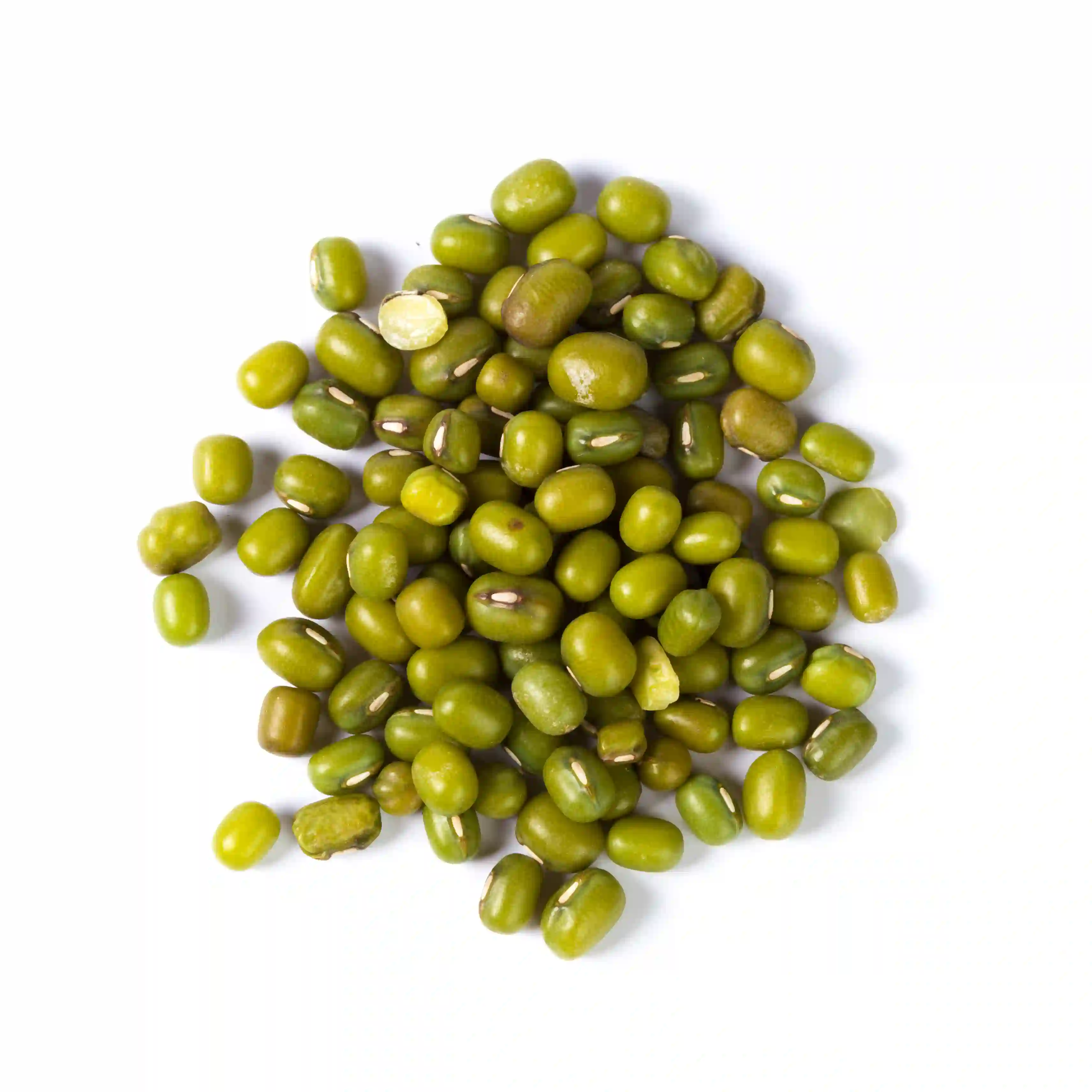
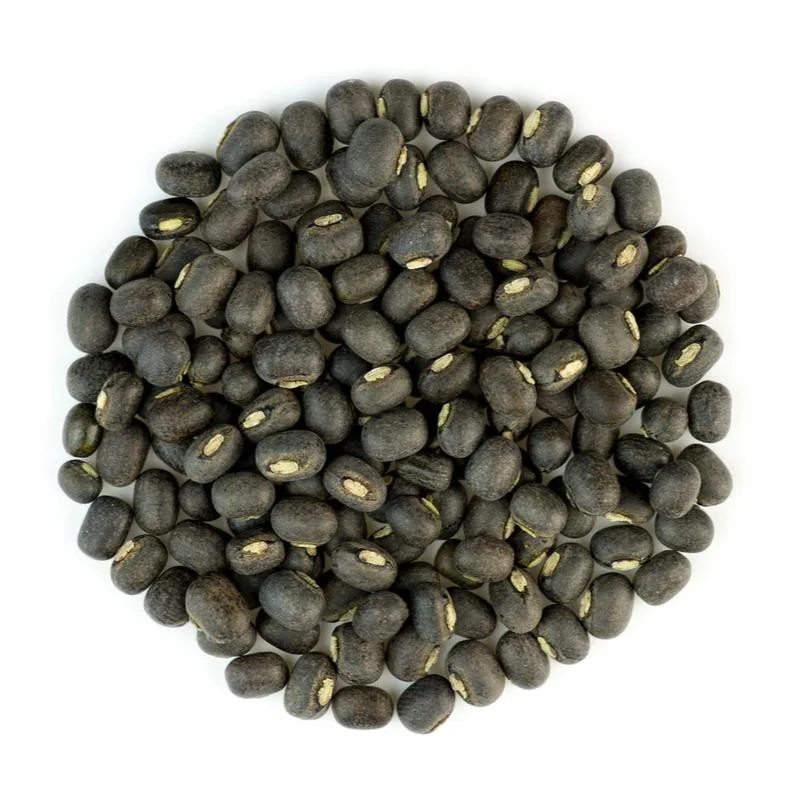
(Urad Dal)

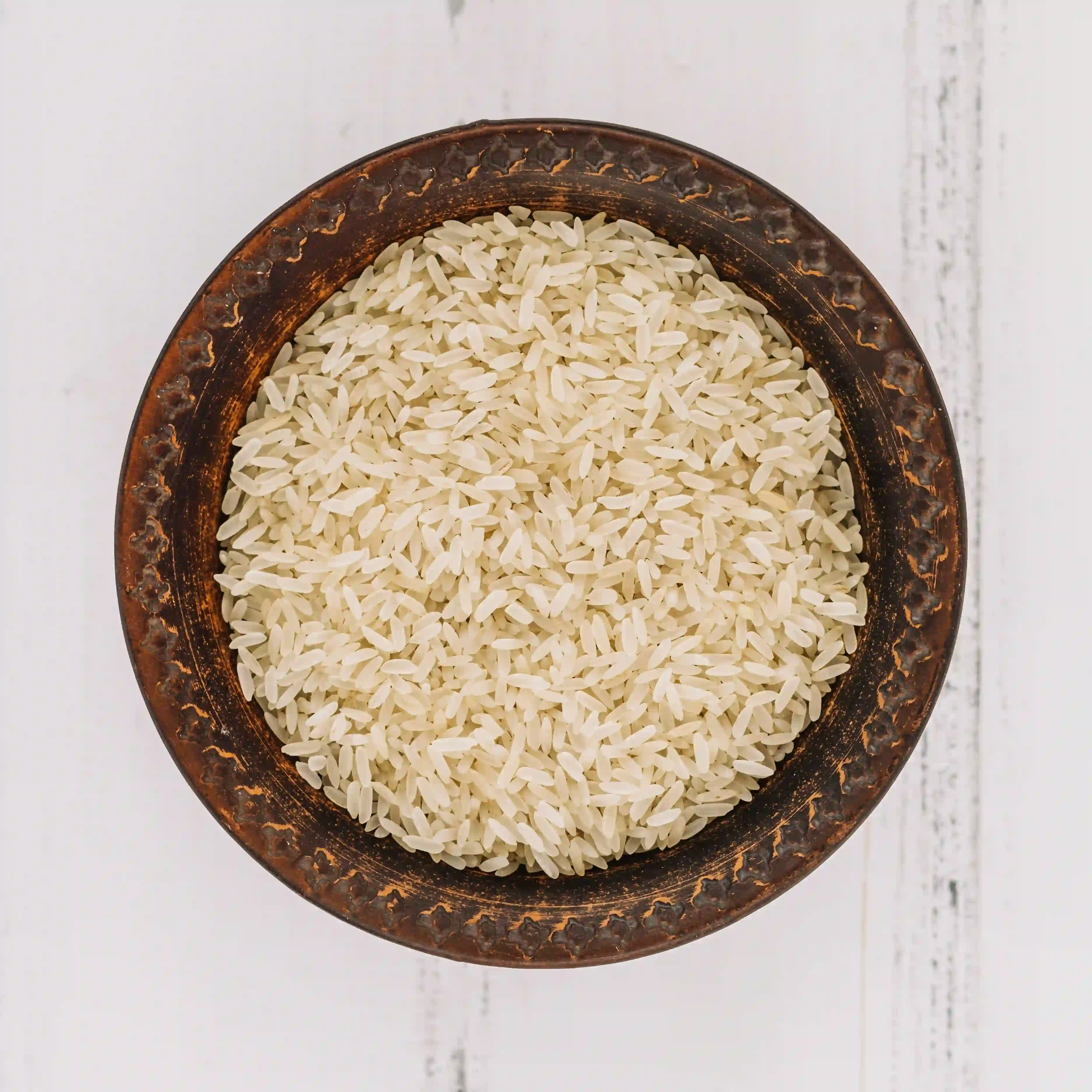
(Bhat)
Current Major Crops (Modern Jogwad)
With modernization and market demands, Jogwad farmers now focus on cash crops and fruits that provide greater income:
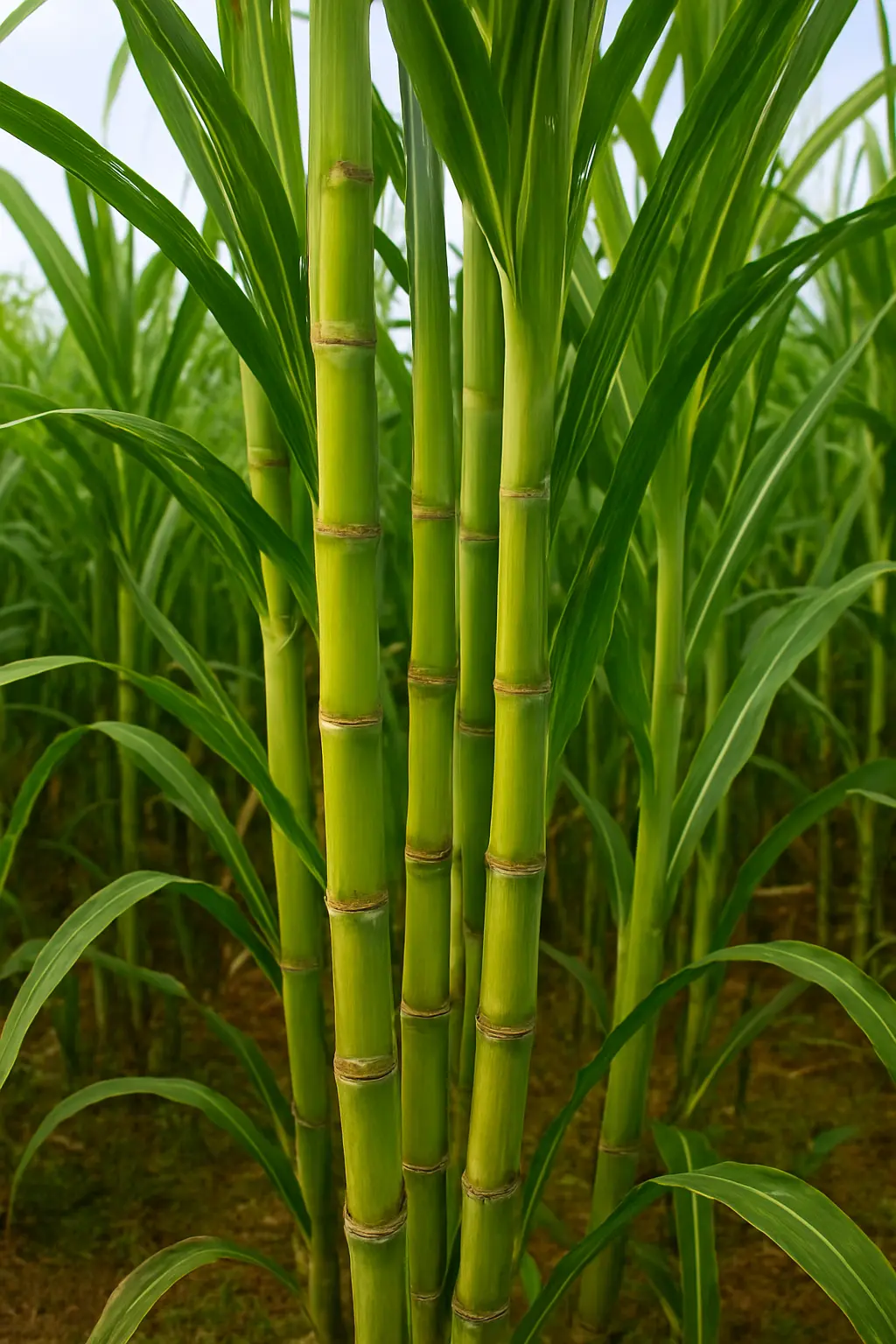
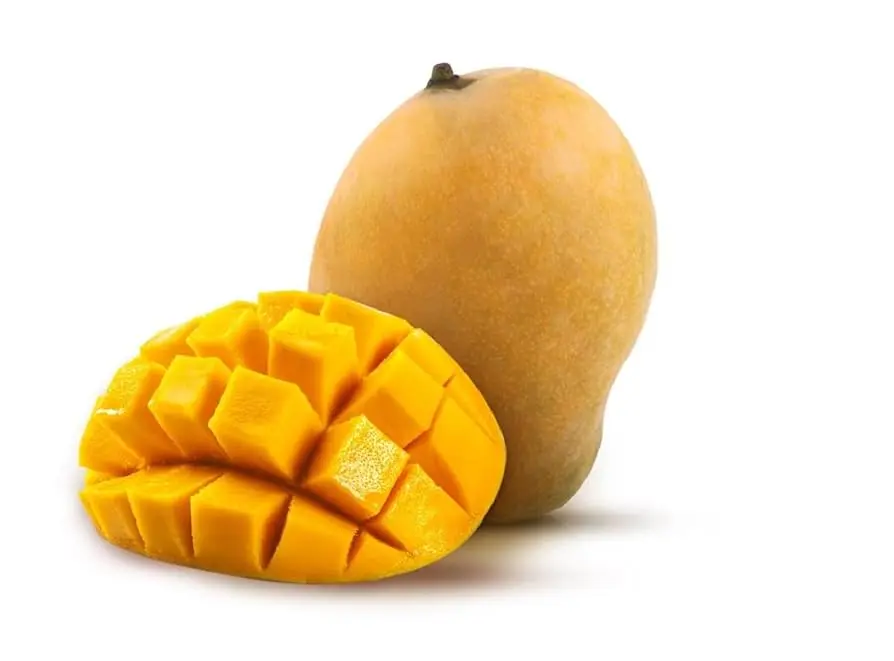


(Bhat)

Animal and Fish Farming
Complementary farming practices that enrich food supply and support village income.
While crop cultivation has always been the backbone of Jogwad’s economy, animal and fish farming have played an equally important role in sustaining livelihoods and diversifying income sources. These practices, rooted in tradition, continue to support many households even today.
1. Livestock and Dairy Farming
• Since the earliest days of settlement, villagers have raised cattle, goats, and buffaloes for milk, dairy products, and labor support in farming.
• Dairy farming has provided families with a steady source of nutrition and income. Milk and ghee were also part of the barter system in early times.
• Even today, many families continue to keep livestock, both for home use and for sale in nearby markets.
2. Poultry Farming
• Chickens and other poultry have been raised in Jogwad for both eggs and meat, serving as a supplementary source of food and income.
• Though smaller in scale compared to crop farming, poultry remains a common practice in many households.
3. Fish Farming
• With water resources available from rivers, wells, and borewell, fish farming has developed as an additional occupation for some families.
• Fish farming is considered profitable, especially during certain seasons when market demand is high.
4. Role in Jogwad’s Economy
• Together, livestock, poultry, and fish farming provide diverse income streams for Jogwad’s residents.
• These activities ensure food security, create local employment, and act as a backup when crop yields are affected by climate change or unpredictable weather.
Farmer Families of Jogwad
Agriculture in Jogwad thrives because of the dedication of its farming families. For generations, these families have cultivated the land, nurtured livestock, and carried forward age-old traditions while adapting to modern methods. Their hard work not only sustains village life but also contributes to the broader economy. Below is a list of the families who continue to keep the spirit of farming alive in Jogwad.

Patel Family

Desai Family

Makda Family

Mulla Family

Aswat Family

Fulat Family

Motala Family

Ravat Family

Vanjaniya Family

Pathan Family

Bulbul Family (Chitali)

Aswat Family (Chitali)
Agricultural Methods and Practices
Traditional wisdom blended with modern techniques for sustainable farming.
Jogwad’s farming practices have gone through a major transformation over the years. From simple, traditional techniques to modern, mechanized farming, the village’s agricultural journey reflects adaptation, resilience, and innovation.
1. Traditional Methods
• In earlier times, farmers depended on natural resources like the Ambika River and village wells for irrigation.
• The most common system was the bull-powered water wheel (Rehat/Reth), where oxen would rotate a wheel to draw water from wells and rivers.
• Farming tools were mostly manual, and crop cultivation required significant physical labor.
2. The Shift to Modernization
• With the arrival of electricity and mechanization, farming in Jogwad became more efficient and productive.
• Key changes included:
- Borewells and water pumps for reliable irrigation.
- Tractors and farming equipment that reduced labor time and increased cultivated land.
- Improved techniques for planting and harvesting.
- These innovations allowed farmers to transition from subsistence crops to cash crops like sugarcane, mango, banana, and rice.
3. Present-Day Practices
• Farmers now rely on a combination of modern equipment and traditional knowledge.
• The introduction of chemical fertilizers, pesticides, and hybrid seeds has boosted productivity.
• Irrigation is more stable and efficient, ensuring that crops are cultivated throughout the year.
4. Challenges in Farming Practices
• Despite advancements, Jogwad’s farmers face new challenges due to climate change and unpredictable weather patterns.
• While water shortage is not an issue, irregular rainfall, storms, and rising temperatures can affect yields.
• Farmers continue to innovate and adapt to balance productivity with sustainability.
5. Efficiency and Growth
• Modern methods have made farming more productive, sustainable, and market-oriented.
• The shift also enabled Jogwad’s farmers to participate in larger markets, supplying sugarcane to nearby factories and mangoes to traders.
• However, modernization also introduced new challenges, as farming became more dependent on market prices, climate conditions, and technology costs.
Farming Periods and Seasons
Understanding seasonal cycles that guide planting, growth, and harvesting.
Farming in Jogwad follows the rhythm of the seasons, with each crop having its own cycle of sowing and harvesting. Over time, villagers have learned to align their agricultural activities with Gujarat’s climate, ensuring maximum yield and steady income.
1. Sugarcane:
• Sowing: Mainly during the pre-monsoon season (February–March) or post-monsoon (October–November).
• Harvesting: Takes around 12–14 months; harvesting usually happens between December and March.
• Role in Jogwad: Since its introduction in 1972, sugarcane has become a year-round crop and the backbone of Jogwad’s farming economy.
2. Mango:
• Flowering season: Begins around January–February.
• Harvesting: Peak season is April to June, when traders purchase mangoes for local and regional markets.
• Importance: Mango farming, especially large-scale cultivation, has become a profitable venture for Jogwad farmers.
3. Rice (Bhat):
• Sowing: Done during the monsoon season (June–July) when water availability is high.
• Harvesting: Usually in October–November after the rainy season.
• Tradition: Rice has been grown in Jogwad since early settlement days and remains a staple crop.
4. Banana:
• Sowing: Can be planted throughout the year, though February–April and September–November are considered ideal.
• Harvesting: Takes about 11–12 months after planting; bananas are harvested year-round.
• Contribution: Bananas provide steady income and are less affected by market fluctuations.
5. Vegetables (Tomatoes, Eggplants, Onions, Papdi, etc.):
• Sowing: Grown throughout the year in multiple cycles, often between staple crop seasons.
• Harvesting: Short cycles (2–4 months), ensuring regular supply to local markets.
• Benefit: Vegetables provide quick income and are less risky compared to long-duration crops.
Summer Season (March – June)
Mango Harvesting:
• This is the peak mango season (April–June). Farmers harvest mangoes carefully, usually by hand-picking or using nets to avoid damage.
• Traders and middlemen visit Jogwad to purchase mangoes in bulk.
• Mango season is one of the most profitable periods for the village economy.
Sugarcane Harvesting:
• Mature sugarcane planted the previous year is harvested between December and June, with a large portion cut during summer months.
• Harvested sugarcane is immediately sent to nearby factories like Gandevi, Mahuva, and Bardoli Sugar Factories.
Banana Growth and Harvesting:
• Banana plantations thrive during summer, and since they are cultivated year-round, this period ensures a steady supply to local and wholesale markets.
Vegetables:
• Heat-tolerant crops such as okra, cucumbers, and gourds are grown.
• Farmers often irrigate fields more frequently due to hot weather.
Local Markets and Distribution
How farm produce reaches households, traders, and nearby towns.
The strength of Jogwad’s agriculture lies not only in what is grown but also in how the produce is distributed. Over the years, farmers have established stable connections with traders, factories, and local markets, ensuring that their hard work reaches consumers and contributes to the village economy.
1. Sugarcane Distribution:
• Sugarcane is one of Jogwad’s most important crops.
• Farmers supply their harvest to nearby sugar factories such as:
- Gandevi Sugar Factory
- Mahuva Sugar Factory
- Bardoli Sugar Factory
• These factories provide a steady and reliable market, making sugarcane farming a long-term, profitable practice.
2. Mango Trade:
Mangoes are Jogwad’s most popular fruit crop.
• During the harvest season (April–June), traders from nearby towns and cities purchase large quantities directly from farmers.
• The fruit’s high demand ensures good income for farming families.
3. Rice and Bananas:
• Rice: After harvesting in October–November, rice is distributed locally and also sold to nearby towns.
• Bananas: Since they are harvested year-round, bananas are sold regularly in wholesale markets as well as to local vendors.
4. Vegetables:
• Vegetables such as tomatoes, eggplants, onions, and papdi are grown in smaller cycles throughout the year.
• These are sold directly in local markets, giving farmers quick income and ensuring fresh produce for nearby villages.
5. Economic Importance:
• Even though many villagers have moved to cities for jobs, farming remains a significant source of income.
• The reliable trade channels — sugarcane factories, mango traders, and vegetable markets — keep agriculture profitable and central to Jogwad’s economy.
Insights & Stories from Jogwad’s Fields
Read blogs, articles, and personal stories that explore Jogwad’s farming life—from crop cultivation and seasonal practices to livestock care and local market trends. Stay updated with insights that highlight the challenges, innovations, and traditions shaping agriculture in our village.
No articles found

Subscribe to our Newsletter!
To get the latest updates, news, death-note updates and special announcements from us.
Comments
Share farming experiences, challenges, and tips with the community.
Add Your Comment
Sign in to share your thoughts, connect with others, and edit or delete your comments anytime.
No comments yet. Be the first!